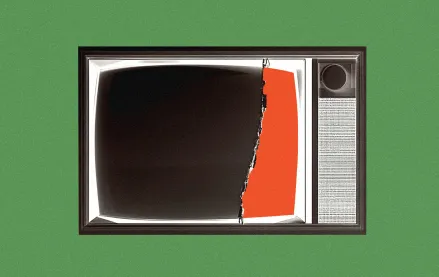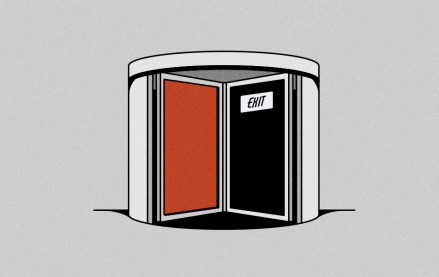This article is a WTF explainer, in which we break down media and marketing’s most confusing terms. More from the series →
As the programmatic auction model continues to evolve, so do the problems that come with it. Here, senior reporter Tim Peterson discusses the many iterations of this ad buying process, and both the good and the bad sides of its newest development: bid shading.
The key hits:
- Programmatic auctions in their traditional second-price auction, would allow the highest bidder to only pay slightly more than the second-highest bid. This has given way to a first-price auction model, most notably used by Google’s ad exchange.
- In a first-price auction model advertisers often find themselves on the losing end, due to the fact that they must pay the price that they bid, rather than just slightly higher than the bid that they beat. This led to the development of bid shading, where ad tech companies try to predict the highest bid, so companies aren’t bidding too much.
- Bid shading does appear to be working. According to companies like PubMatic and The Trade Desk, both of which offer bid shading, advertisers are paying an average of 20% less on their bids.
- The way that bid shading currently works creates a lot of opportunity for ad tech companies to take advantage of advertisers looking to score a deal. Since advertisers aren’t privy to the information that the ad tech companies are using to predict, they don’t know how inflated the numbers that they’re seeing are. This creates a loophole where ad tech companies may tell advertisers to pay higher prices, and pocket the difference, without advertisers’ knowledge.
To watch more videos from Digiday, head to our YouTube channel.
More in Marketing

Pitch deck: How Amazon is recasting Twitch as a core part of its CTV pitch
December 12, 2025
Amazon is positioning Twitch as a defining asset in its CTV ambitions.

Netflix transforms former mall department stores into experiential venues
December 12, 2025
The location in Dallas opens this week, and one at the King of Prussia mall near Philadelphia opened last month.

Future of Marketing Briefing: AI has created a new talent paradox in programmatic agencies
December 12, 2025
The job isn’t execution anymore. AI handles that. The job is judgement.




